|
|
 
|
|
Author
|
Topic: Proper Lamp Alignment
|
|
|
|
|
|
|
Monte L Fullmer
Film God

Posts: 8367
From: Nampa, Idaho, USA
Registered: Nov 2004
|
 posted 04-24-2007 03:25 AM
posted 04-24-2007 03:25 AM




(Actually, the HVAC history in that booth wouldn't have any affect on the mirror condition - being that is two completely different ventilation areas).
Main thing that cooks up mirrors is when the bulb is focus too close towards the back of the reflector-which is producing an extremely bright, almost too bright of a picture, plus not enough exhaust up the stack to pull out all of that heat, esp if you have a large bulb in that Highlite Console.
What size of bulb are you using?
Trick on bulb focus, is .. true you did the coarse adjustments in getting the 'looney tunes' on the screen and centering the rear end of the bulb to the front so there will not be any 'blisters' arising around the shadow of the anode that shows up on the screen.
But, the fine focus is when you throw the light on the screen through the scope lens and adjust for the even field of light.
(And, if you have a large bulb, open and close the hand dowser every other minute so the scope lens doesn't get too hot since there is no film passing through the running machine to absorb some of that heat..)
You adjust for lateral/vertical for field and focus for elimination of the dreaded 'hot spot' - the bright glare in the middle of the screen..
You move the bulb until the corners start to darken, then move the bulb the opposite direction to get the corners to be even with light, then, keep on moving the bulb until the light just begins to dim..this is where you want the fine focus to be at.
Why the dim is so you don't get excessive flutter on the screen from the light being focued on the shutter instead of the aperture opening.
good luck - Monte
| IP: Logged
|
|
|
|
|
|
|
|
|
|
|
|
|
|
|
|
|
|
|
|
|
|
Michael Schaffer
"Where is the
Boardwalk Hotel?"

Posts: 4143
From: Boston, MA
Registered: Apr 2002
|
 posted 04-25-2007 07:24 AM
posted 04-25-2007 07:24 AM





quote: Jeremy Weigel
Do you guys think it is worth having the old one reworked by someone like UltraFlat since Strong doesn't do a repair/exchange on reflectors.
You can also wear it as a helmet. The holes on the side are practical for chin straps. The hole in the middle can be covered with some kind of feather arrangement or similar, depending on your status in the tribe.
I wouldn't have tossed it out as quickly though. Like the gentlemen above said, it is very obvious from the images that the reflector is not at 90 degrees (damn, where is that small degree symbol on American keyboards?) to the optical axis. The string thing is OK, but adjusting that according to what you see on screen is a much better refinement.
Like Mark said, the Kinoton alignment beamer is a great tool for reflector alignment. It goes into the lens collar instead of the lens and it projects a green halogen light into the reflector. The end facing the reflector is flat, and you can see the light coming back from the reflector as a circle (hopefully) around the light opening. It is extremely helpful to make sure reflector and alens are in good alignment, but a little problem remains with projectors where you can open the lens turret (Kinoton's don't, so you can *basically* rely on the lenses to be always more or less at 90 degrees to the optical axis). Because if it can be opened, you don't quite know in what position the turret is.
I find that the most problematic aspect of projectors with opening turret, and apart from the extremely expensive alignment gauge the people at Strong have, I don't know what the best way is to make sure the turret and lens collars are at exactly 90 degress to the optical axis. Seeing how even the focus is on screen with test film helps a little, but that includes other factors again (lens evenness).
I usually focus on the sides of the aperture plate. If those aren't evenly in focus, it is typically an indication that the lens turret is not correctly aligned to the aperture.
It is typically best to center the bulb focus and work with the front support, only use the focus to finetune, if at all, and later, to adjust to individual lamps. In your example, if the lamp focus was centered, the front support would have to go up maybe just a little (remember the reflector reverses the image, so on the screen, it will go down), hard to tell because of the unevenness of the reflector hole.
But, of course, many lamphouse types, like the original highlights, don't allow you that, so you have to work with a number of techniques, depending on what you can do with the lamphouse. Also remember that when the lamp focuse is in an extreme up/down or left/right position, when you pull the lamp back, it will not travel along the ideal optical axis, but along that axis. That is why even with a good preliminary picture of reflector and bulb on screen, you can still have a hard time finding good even focus with even corners.
Also, don't forget to check that the arc is really centered between the electrodes (magnet), because if not, it can really mess up your alignment.
| IP: Logged
|
|
|
|
All times are Central (GMT -6:00)
|
|
Powered by Infopop Corporation
UBB.classicTM
6.3.1.2
The Film-Tech Forums are designed for various members related to the cinema industry to express their opinions, viewpoints and testimonials on various products, services and events based upon speculation, personal knowledge and factual information through use, therefore all views represented here allow no liability upon the publishers of this web site and the owners of said views assume no liability for any ill will resulting from these postings. The posts made here are for educational as well as entertainment purposes and as such anyone viewing this portion of the website must accept these views as statements of the author of that opinion
and agrees to release the authors from any and all liability.
|

 Home
Home
 Products
Products
 Store
Store
 Forum
Forum
 Warehouse
Warehouse
 Contact Us
Contact Us




 Printer-friendly view of this topic
Printer-friendly view of this topic
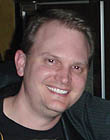




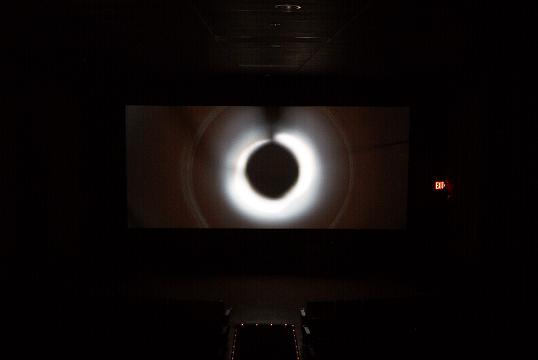
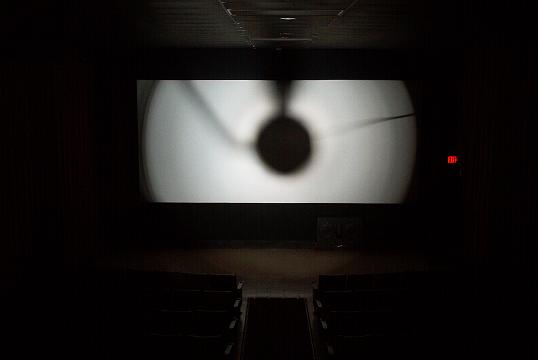
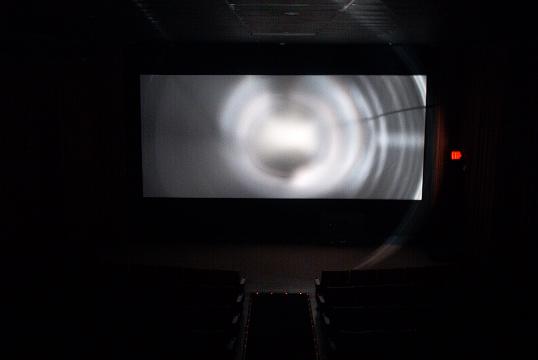

![[Mad]](mad.gif) I don't know why the Litchfield company who originally built this place didn't spec in HVAC for the booth.
I don't know why the Litchfield company who originally built this place didn't spec in HVAC for the booth. ![[Confused]](confused.gif) We probably lost more money in refunds during the summers between '89-'94 that could have been prevented with spending some extra $$ up front. Ah well, at least I got to come to work in shorts and short-sleeve shirts while everyone else was stuck in a long-sleeve shirt, dress pants, a tie, and the dreaded vest with fake pockets.
We probably lost more money in refunds during the summers between '89-'94 that could have been prevented with spending some extra $$ up front. Ah well, at least I got to come to work in shorts and short-sleeve shirts while everyone else was stuck in a long-sleeve shirt, dress pants, a tie, and the dreaded vest with fake pockets. ![[Razz]](tongue.gif)
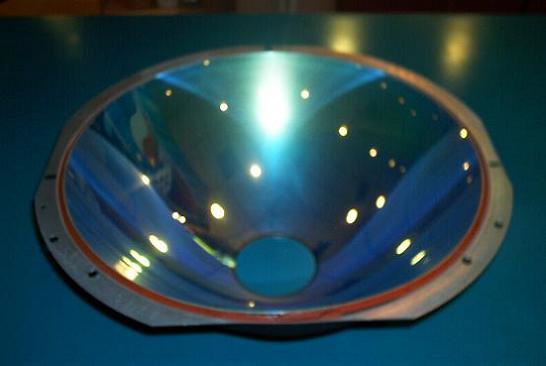
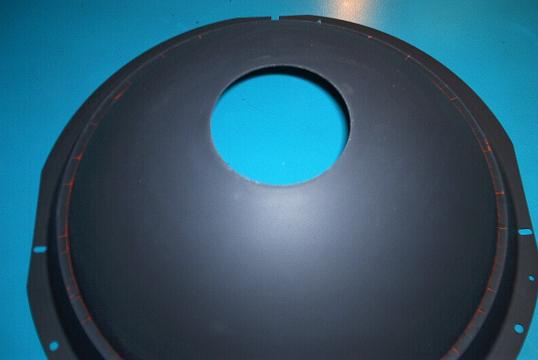
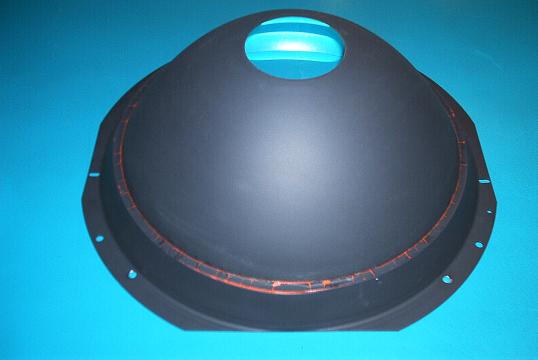


![[uhoh]](graemlins/uhoh.gif) How long have they been using a mounting adapter? I had to replace a reflector back in Sept. '05 when I had my first and so far only bulb explode. The replacement was a simple swap-out. I simply used the same part# off that invoice to order this one.
How long have they been using a mounting adapter? I had to replace a reflector back in Sept. '05 when I had my first and so far only bulb explode. The replacement was a simple swap-out. I simply used the same part# off that invoice to order this one.





